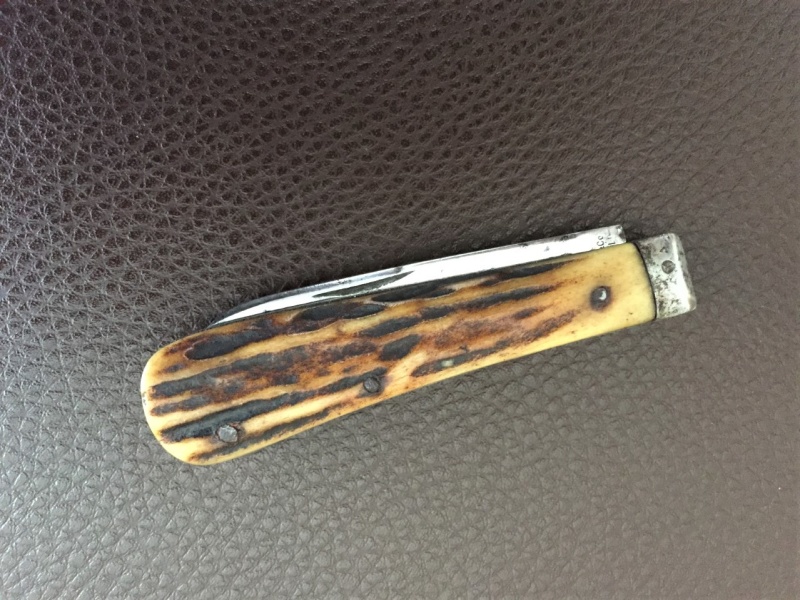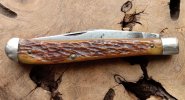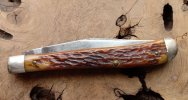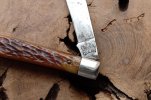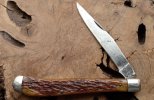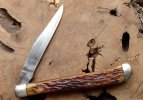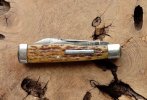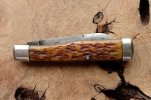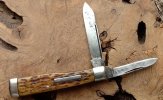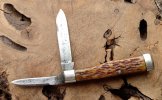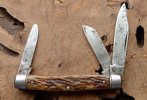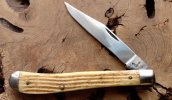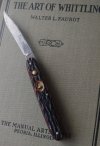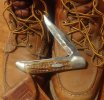Myself I'd try to make it usable again as much as is feasible. For me that isint wallpapering the Sistine Chapel as the greatest compliment you can pay it is putting it to use. I accept this ain't everyone's version of a good idea tho!
For me that would mean filling the gap in the missing bit of scales by matching the ivory by adding coloured dust to a clear epoxy/cracks. Blade play massaged out by peening the rivet to take up any gap with a view to retaining snap (not always possible for my amateur hands).
I have a lovely old Wade Wingfield and Rowbotham Sheffield example that Jack Black tells me may be around a similar vintage to your American Knife & Plymouth example that I did some of the above to, and am delighted everytime I cut something with it.

I also just did my first shield inlay on a H.G. Long oval senator, it's original shield missing replaced by a piece of stainless washer



If you do decide to have a go I'd love to see pics as it is a beautiful old tool!






